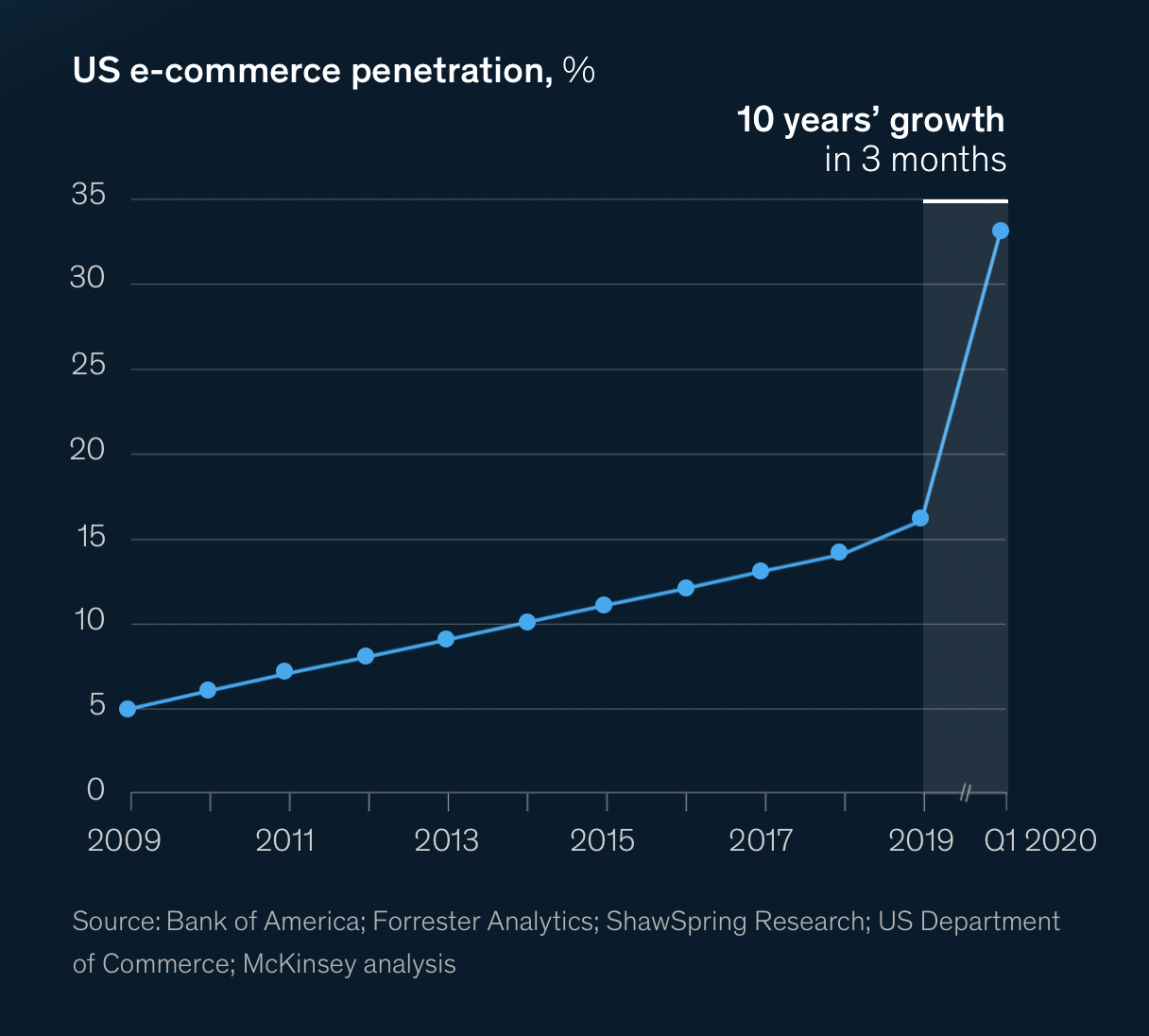PR Trends to Integrate into your Marketing Plans for 2022

-
categoryPublic Relations
-
authorJanelle Marpa
-
dateDecember 3rd, 2021
The PR industry continues to be disrupted. Digital transformations like the rise of new social platforms and the ever-evolving way we use them, the increased adoption of AI and VR, a cookie-less world, and how this impacts current digital marketing tactics and the data-driven demand for new modes of measurements are driving PR into new scopes of work.
Adding to this are the tremendous cultural shifts society has been experiencing over the last two years, from social justice movements to the pandemic, to the growing climate crisis which has fundamentally changed how we work, when we work, where we work, and what matters to us while we work. Then top it all off with the shrinking media landscape. Yes, it is safe to say that it has been a transformational time in our industry.
As we head into a new year, we have curated some of the top trends we are integrating into our 2022 PR and marketing strategies to maximize how we see our clients bigger amidst these larger industry shifts.
1. M-commerce + social commerce
According to Forbes, COVID-19 accelerated e-commerce growth by four to six years. McKinsey forecasts the jump even higher, naming this phenomenon the quickening.

As we develop our 2022 PR strategies, we are expanding beyond e-commerce to focus on the rising trend of e-commerce and social commerce. M-commerce (mobile commerce) has been widely adopted by big retailers like Sephora and Zara, who leverage brand apps or SMS marketing to drive e-commerce sales. Forbes states that m-commerce is projected to draw in $845 billion in 2022 and will account for nearly 50% of all e-commerce sales. With the rise of social commerce and direct-to-purchase options across a variety of social media platforms, you are literally leaving sales on the table if you don’t execute a smart and engaging social media strategy. Tap into earned and paid strategies to ensure you are maximizing your reach across social and stay on top of the latest trends from TikTok to Reels to live-stream shopping. If you aren’t convinced that a mobile-first approach is the way to go in 2022, just make a mental note of how often you look at your phone on any given day.
2. Creator co-creation
Speaking of social media marketing, by now we have all witnessed how the right TikTok video content can instantly blow up sales. This past year we’ve driven a 30-50% increase in sales for our clients through strategic TikTok campaigns. As we move into the new year, we are even more focused on creating the right content with the right partners. 2022 is less about working with a macro influencer and briefing them on what you want to see, and more about truly collaborating with creators to create something unique that will connect to their audience. We are working directly with TikTok and other social media platforms to identify and foster new and emerging talent. Once the right talent is found, let them do what they do best, and you will see the return. Bringing in one or two creators early on and involving them in the campaign ideation process is another way to really bake out a campaign that will resonate.
2. Activating in the metaverse
Marketing with AI and virtual reality has been on the rise for the last several years but 2022 will be the year the metaverse begins to take a more active role in many marketing and commerce strategies. From the smashing success of #GucciSneakerGarage to more recent examples of how brands are monetizing mixed realities like NASCAR and Roblox – which includes NASCAR dropping a digital car in Jailbreak and selling apparel for players’ avatars – we will continue to see brands tap into interesting ways to connect to their consumers in the metaverse.
3. Personalization and relationships
The best way for brands to combat a cookie-less future is to build and foster an engaged database for consent-based marketing. The best way not to lose a said audience is to speak to them about things that matter directly to them. In 2022, we will see a rise of one-to-one marketing and personalization driving brand conversion. Leveraging data to properly segment and target audiences will be critical so that brands can serve up the right story to the right person at the right time. This concept of one-to-one marketing also applies to PRs and their relationships with the media. The day of sending out a mass blast or press release and securing wins is long over. The best strategy for managing a dwindling media landscape is focusing on developing your media relationships and finding ways you can help add value to your media contacts by giving them stories they want. The co-creation model works equally well with PRs and media so why not brainstorm together with your media contact on the best way to get your story heard.
4. Data and measurement
The desire for data-led measurement for PR work is increasingly becoming the topic of the day. Vanity metrics like impressions and likes will be less important as we focus more on tracking conversions and how each campaign actually impacts the bottom line. The key to navigating this new frontier is to have open conversations with clients and define what success looks like for each campaign so you can set KPIs and measure against exactly that.
5. Continued push for diversity and inclusion
There has been much progress made in diversity and inclusion both within and outside of our agency since June 2020, and the awakening brought on by the Black Lives Matter movement and subsequent social justice movements. In 2022, we will remain steadfastly focused on this continued journey as an agency, launching percentage commitments to further support the BIPOC community and ensuring diverse stories are being told, heard, and received. We will continue to encourage our clients to represent diverse communities and know that brands who fall short on this, will quickly fall behind.
6. Brands for change
Last but certainly not least, consumer demand for brands to show up for their audience and for the communities they operate in will continue to grow. Examples of this were prevalent at the recent Business of Fashion Voices seminar, where ELLE Magazine just announced they would no longer print animal fur in the magazine, in advertising or editorial, and discussions around circularity were at the forefront of conversations. What’s more, what’s good for the community and the planet and good for business doesn’t have to be mutually exclusive. The same talk noted that circular business models including resale and rental are on track to become a $700 billion market representing 23 percent of the fashion industry by 2030. This is a trend I can really get behind. At FAULHABER we are working on our own impact on the wider world (more to come on this soon!) and are working alongside our clients on CSR campaigns to activate in 2022.
Liked these trends? Please get in touch to learn more about how FAULHABER can grow your business in 2022.